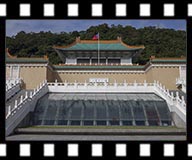Sanya
Sanya was an interesting destination for us -- it is by far the southern-most place we have been in China. (Click on each image to see the high-resolution version)
Typically when we travel we like to go out and explore. For this trip, we used a different mode -- we mostly stayed at the hotel (Sanya Marriott Yalong Bay Resort & Spa, see my review here), and walked on the beach a few times. The hotel grounds at the Marriott Resort are meticulously maintained, and they are certainly beautiful, if not very natural. What's also striking is the semblance of Yalong Bay and Manuel Antonio, Costa Rica that we visited earlier this year, for example, compare this picture with the following:
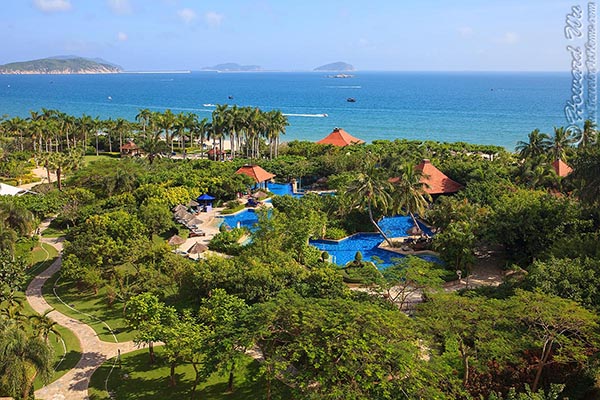
Hotel Grounds at Sanya Marriott Yalong Bay Resort & Spa
Yalong Bay is the nicest beach in Sanya, or in fact the entire island of Hainan, and probaby the best in all of China. However, I think as far as beaches go, I would probably rate it a B+, which is to say, probably not as nice as the beaches in Manuel Antonio, or Florida, Hawaii, etc. The problem with Yalong Bay, as with most natural beauties in China, is over-development -- the Chinese seem to always want to tinker with things, even if such things are natural beauties that are already perfect that do not need tinkering. But, don't get me wrong, Yalong Bay is still beautiful, if you can look away from the over-development for a moment.
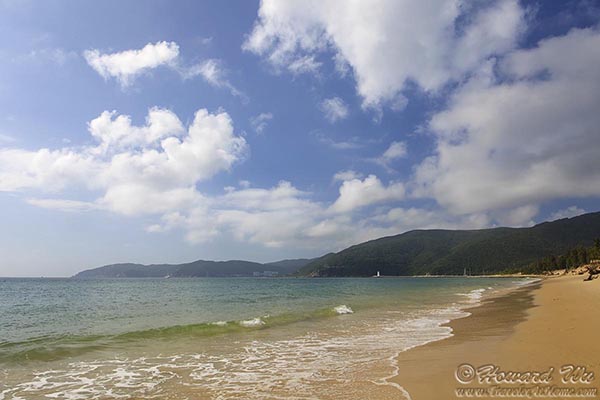
Beach at Yalong Bay
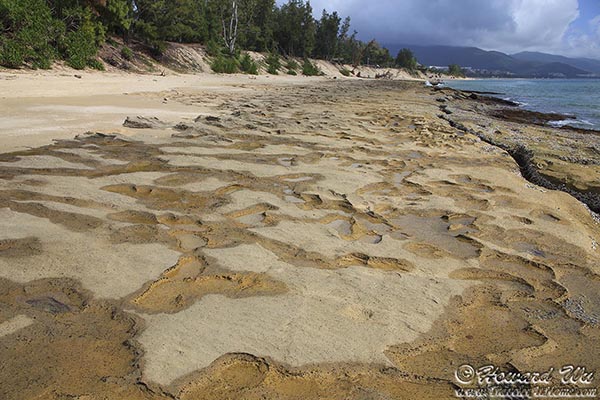
Beach at Yalong Bay
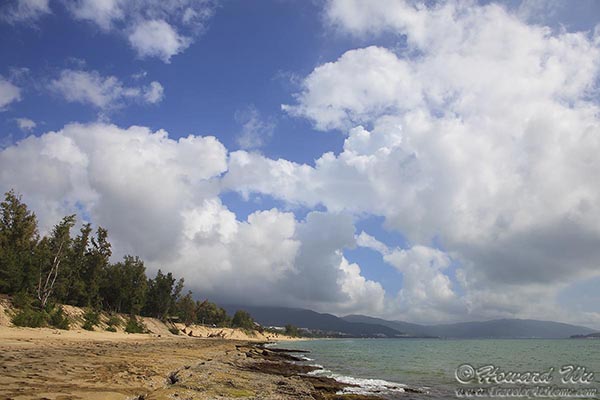
Beach at Yalong Bay
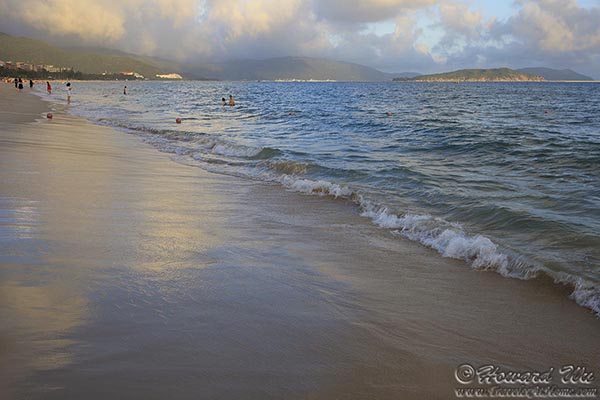
Beach at Yalong Bay
Our first day in Sanya was met with cloudy weather, but the sky cleared up on the second and third day. In fact, these two days greeted us with nice dawn and sunrise, especially on the second day, the cloud patterns at dawn were intricate and breathtaking. From Yalong Bay, one cannot see sunrise or sunset directly (the sun is blocked by either islands or mountains), but the magic hours of early morning and late afternoon still hold their spell.
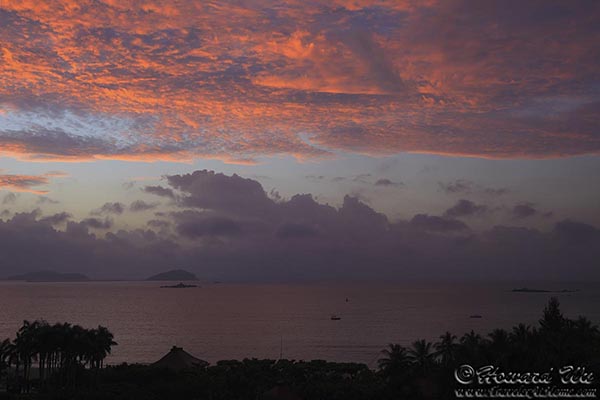
Dawn Sky at Yalong Bay
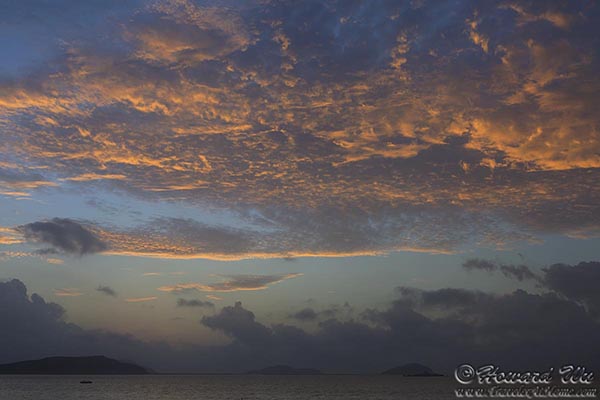
Dawn Sky at Yalong Bay
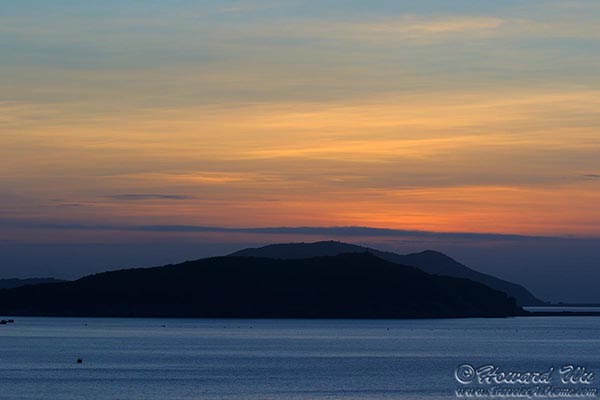
Dawn Sky at Yalong Bay
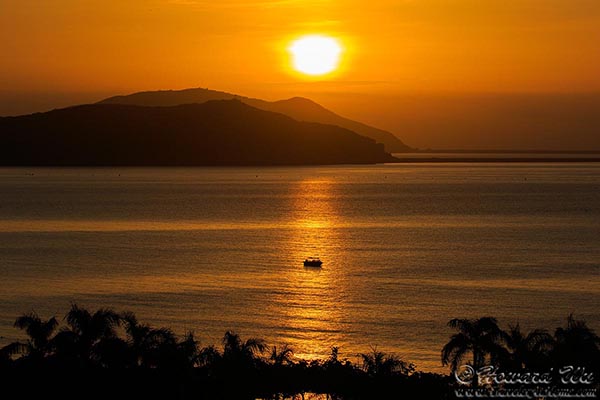
Sunrise at Yalong Bay
Of course, Hainan being a tropical island, there are vendors selling tropical fruits. This picture shows the piles of coconuts at a store.
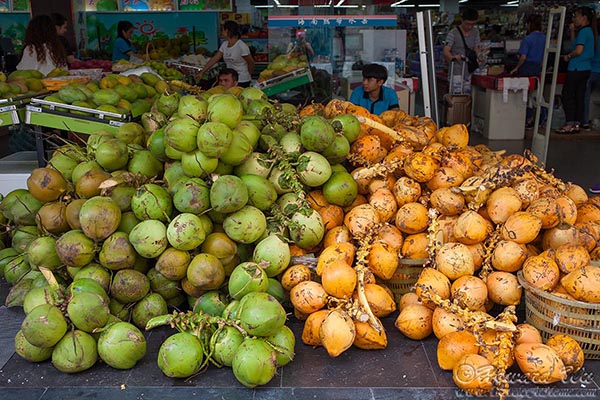
Coconuts
Wildlife of Sanya
As I mentioned, we did not pack much activity in Sanya and mostly stayed at the resort. Even so, there were some exciting wildlife-viewing experiences. First and foremost are the birds. Each bird tells a story -- or rather, I have a story to tell with each bird.
The most active birds at the resort were the Oriental Magpie-robins (鹊鸲). These are very bold and active birds, not afraid of people at all. The males are clad in striking black-and-white attire, very handsome, I think, and the females have more subtle plumage with mingled black, white and gray which is also very pretty. They are also very cheerful birds, anytime seeing them hopping about on the lawn or flitting around in the trees is enough to put a smile on my face. For this reason, they have a nickname in Chinese -- Four Happiness (四喜); their other nickname is rather unceremonious: Flakes of Pigs' Feces (猪屎渣), for they also like to forage in pigs' manure piles.
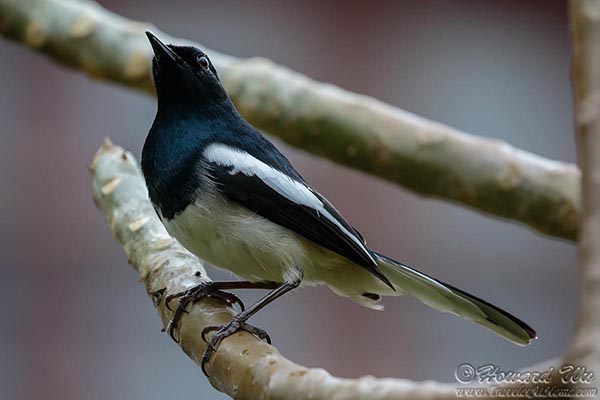
Oriental Magpie-robin (鹊鸲)
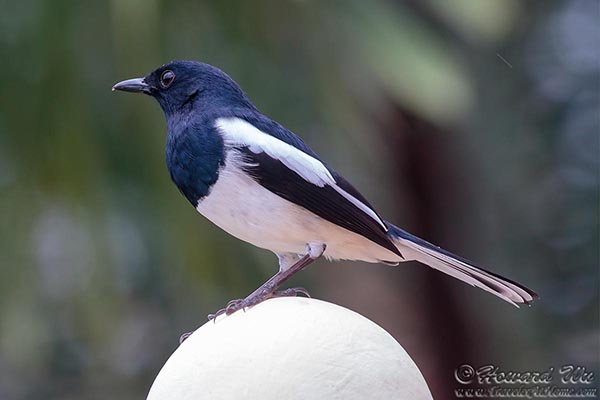
Oriental Magpie-robin (鹊鸲)
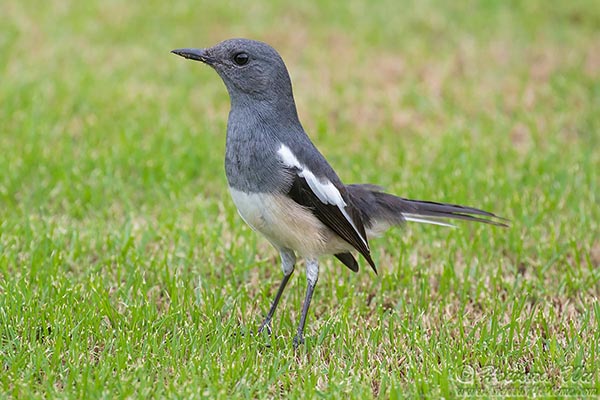
Oriental Magpie-robin (鹊鸲)
Another familiar bird is the Light-vented Bulbul, or Chinese Bulbul (白頭翁, their Chinese name means "Old man with white head", very fitting I must admit). It is a common bird in the southern part of China, very sociable and noisy (but their songs are quite melodious). Just because it is common doesn't mean it is not an exciting bird; in fact, I never tire of watching them foraging, singing or grooming. I might even say that it is one of my favorite birds, and when I think of birds in China, it is one of the first that comes to mind.
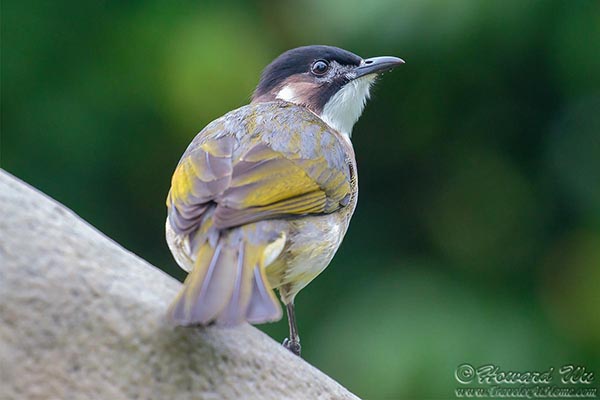
Light-vented Bulbul (白頭翁)
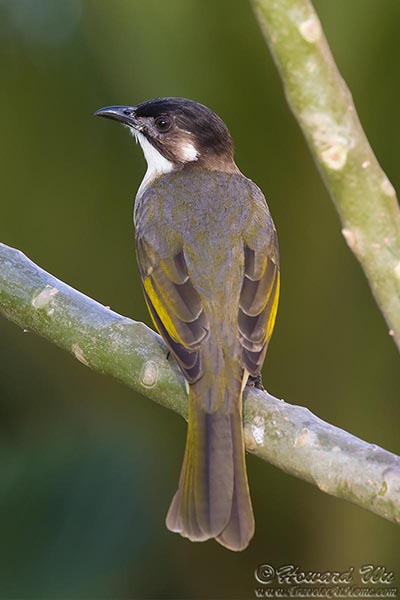
Light-vented Bulbul (白頭翁)
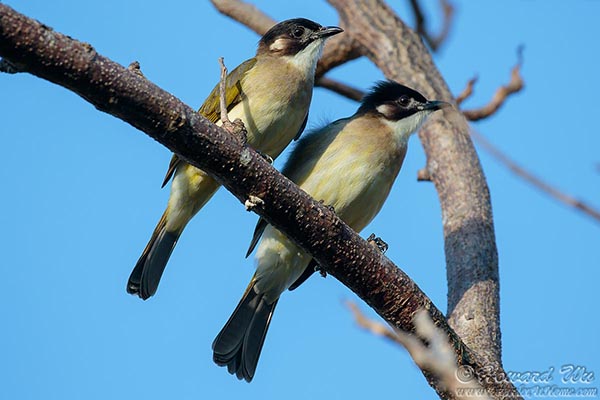
Light-vented Bulbuls (白頭翁)
On our first morning (second day) in Sanya, when we were walking to the restaurant for breakfast, I heard some very loud singing from a Long-tailed Shrike in a small shrub. I had seen this bird before also, but I had not heard it singing. I know that shrikes are songbirds, but I had never heard them singing, so this was a first. And comparing with the two shrike species (the Loggerhead Shrike and the Northern Shrike) I had seen in North America, it was interesting to note their differences and similarities.
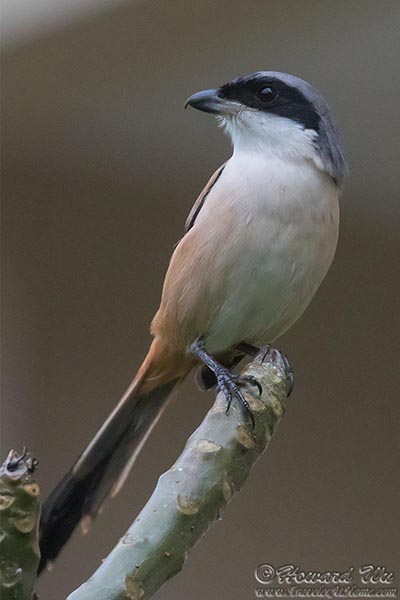
Long-tailed Shrike
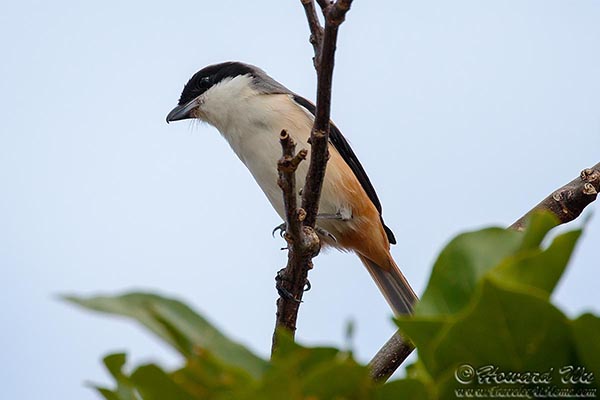
Long-tailed Shrike
On our second morning, before the day even broke, in the gray light, from our patio, I saw a raptor circling around, then perched on the roof of another building. It was always exciting to see a bird of prey, and I immediately recognized it as a Peregrine Falcon, the fastest animal in the world. It graciously stayed around until the sun rose, allowing me to photograph it in better light.
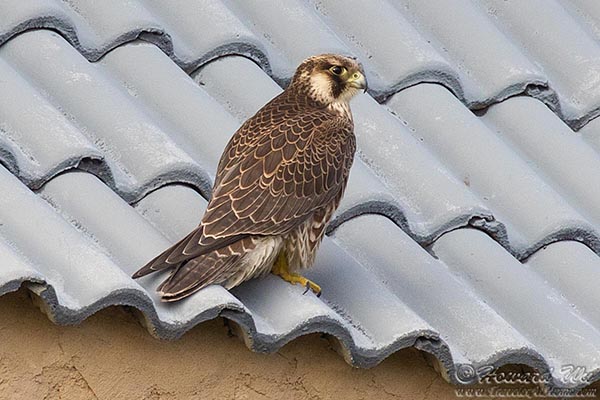
Peregrine Falcon
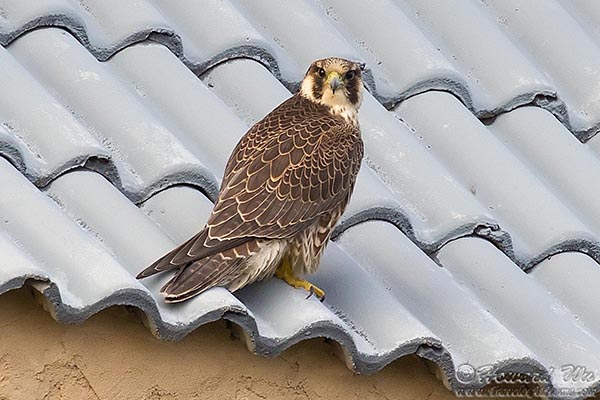
Peregrine Falcon
So these were the birds that I had seen before -- they were exciting regardless, but I also did see a few new birds. One of these is the Olive-backed Sunbird. I saw it on our second day in the hotel garden, although I did not know its exact species, I instantly recognized it as a new bird, the first of the Sunbird family that I had ever seen. True to its name (the scientific name of the family is Nectariniidae, Nectar-drinker?), it busily probed flowers for nectar.
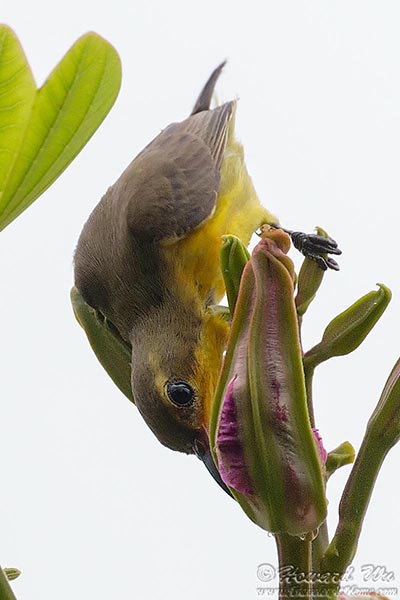
Olive-backed Sunbird
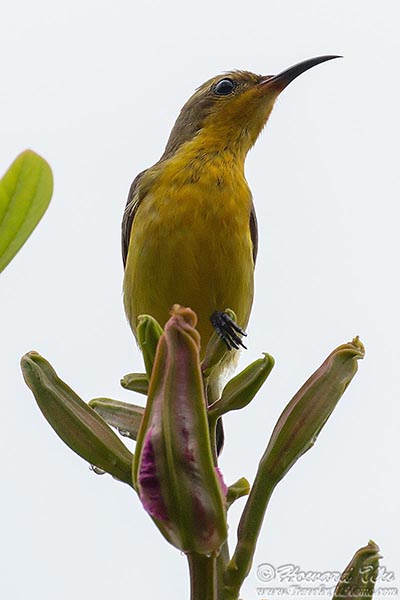
Olive-backed Sunbird
Another instantly recognized new bird was found on the beach -- this was a Pacific Reef Heron, when I saw it from a distance while taking a walk. It eventually allowed me to approach to a fairly reasonable distance and get some decent pictures.
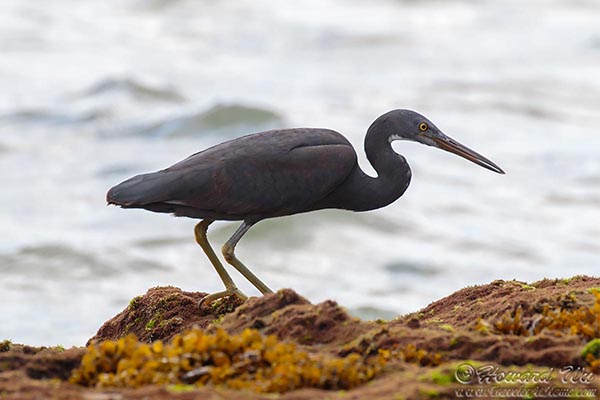
Pacific Reef Heron
Actually as far as birding went, these were about it (I tallied another new bird, the House Swift, but the pictures did not turn out well for they flew too fast). Being in the tropic, I am sure if I dedicated one morning to birding, I would have gotten many more; but I am not single-mindedly focused on tallying new birds, I quite enjoyed the few that I saw and photographed.
The southwestern end of Yalong Bay is less developed (relatively speaking) and still has some tidal pools and rock formations. I saw two kinds of crabs there -- one very pale, almost ghost-like, perfectly camouflaged against the light-yellow sand, and another very pretty one. Some of the rocks are also encrusted with barnacles(?).
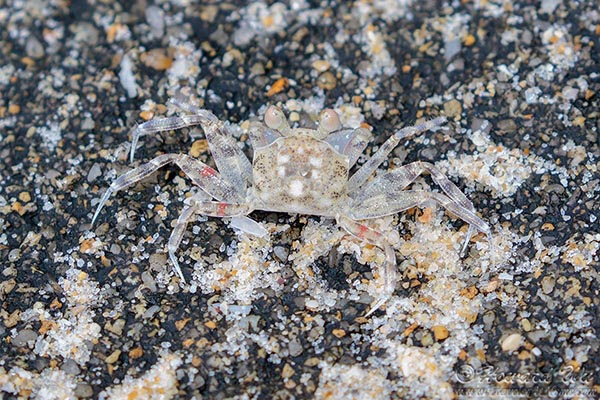
Crab
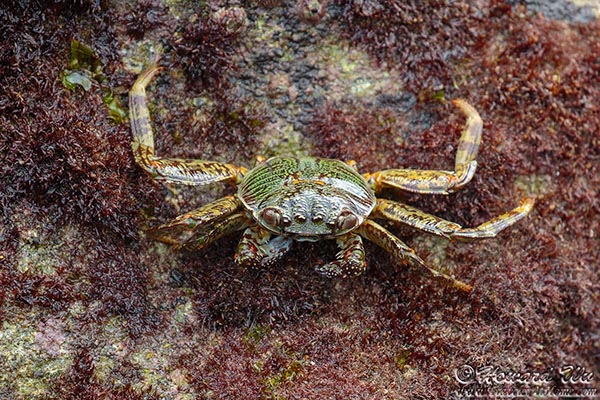
Crab
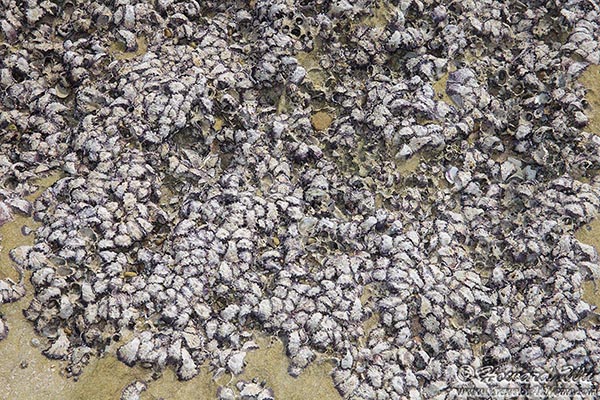
Barnacles
